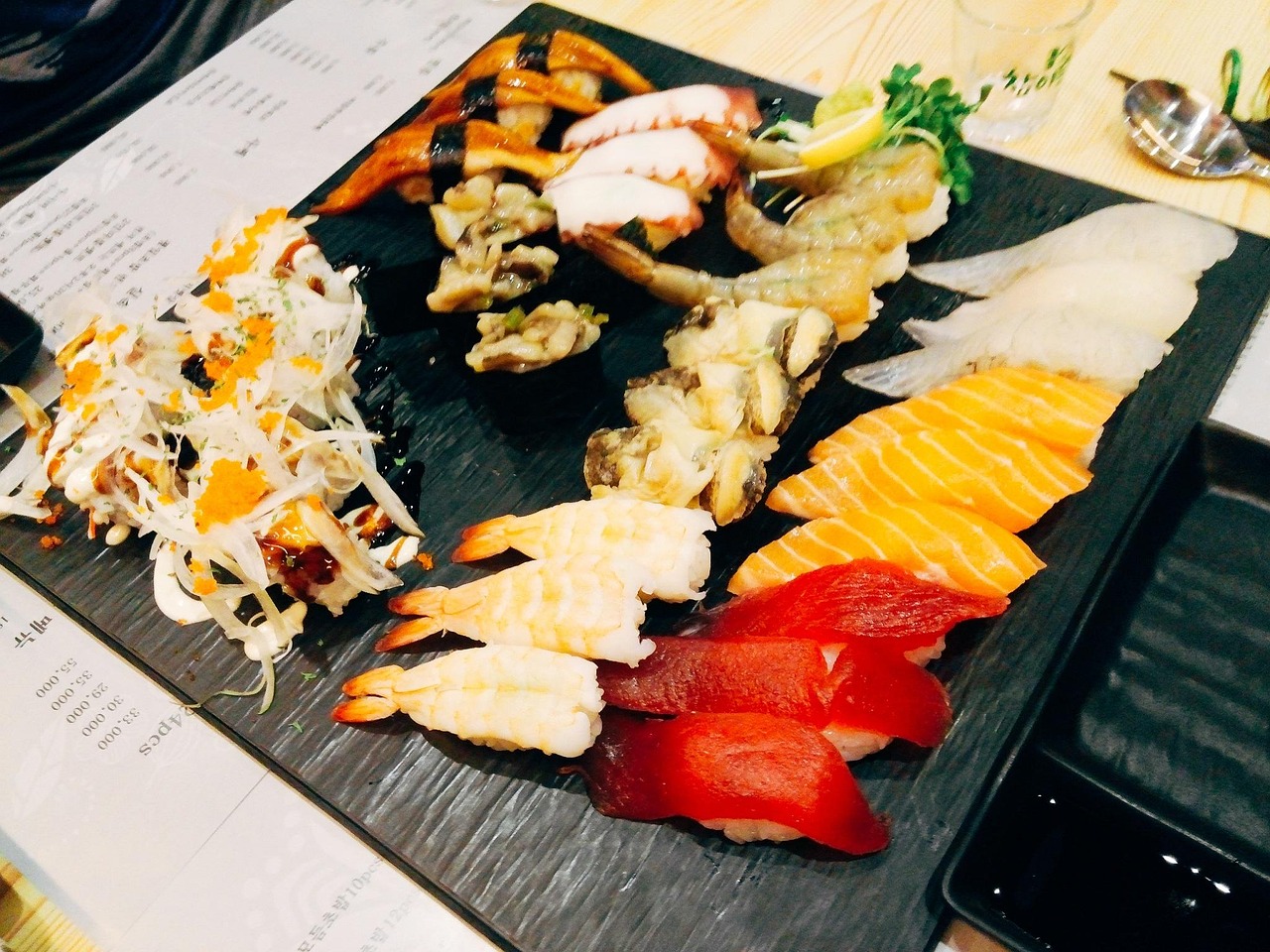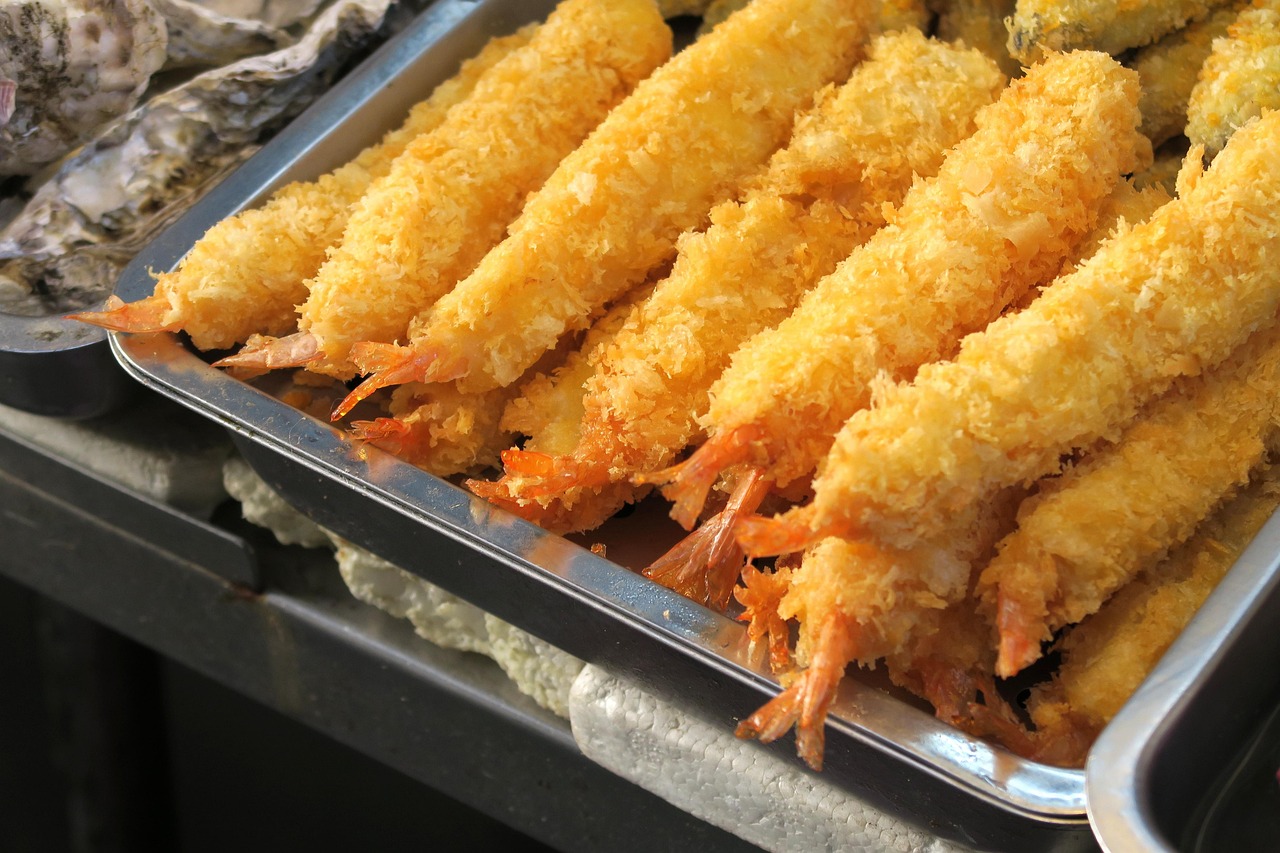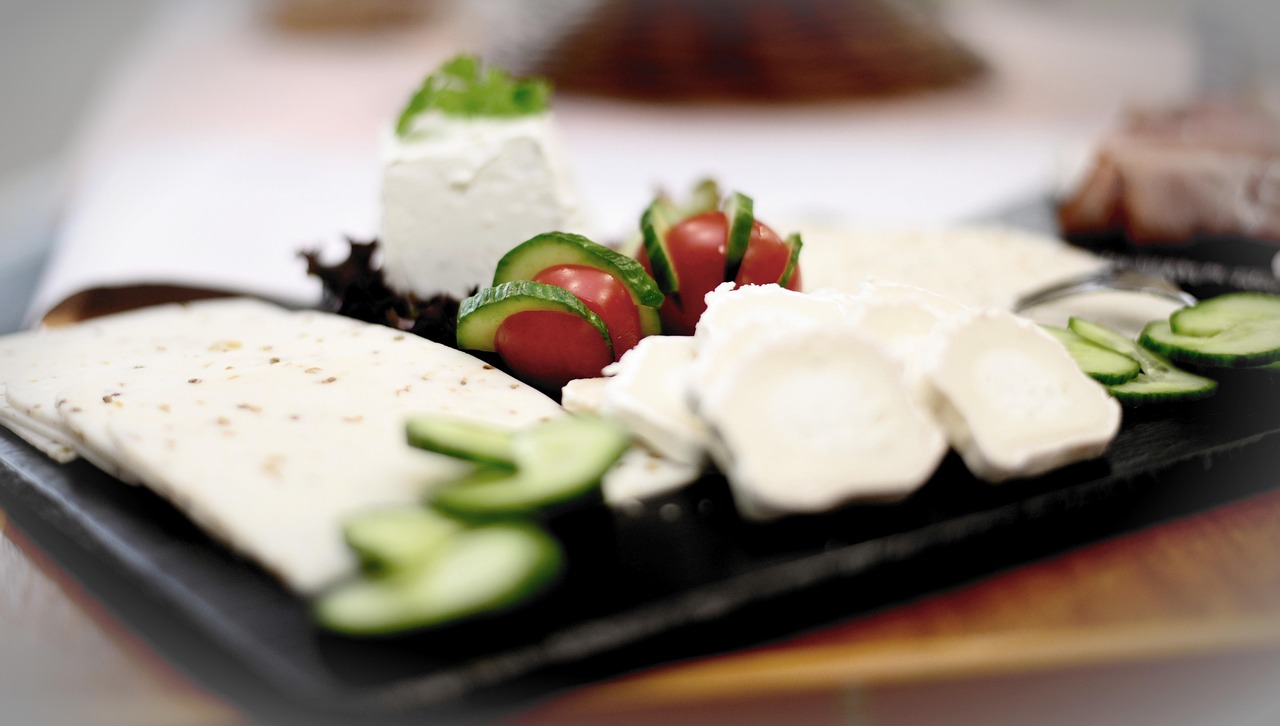Introduction to Chinese Cuisine
When I think about Chinese cuisine, I'm immediately transported to a world of vibrant flavors, rich aromas, and a culinary tradition that spans thousands of years. Chinese food is not just a meal; it's a journey through history, a celebration of diversity, and a testament to the ingenuity of its people. It's no wonder that Chinese cuisine has gained such global fame, becoming a staple in the culinary landscape of countries around the world.
1.1 Overview of Chinese Food's Global Fame
Chinese food's global fame is a result of its unique blend of flavors and cooking techniques that have been perfected over centuries. Each region in China boasts its own signature dishes, reflecting the local culture and ingredients. For instance, Sichuan cuisine is renowned for its bold spiciness, while Cantonese food is celebrated for its delicate and light flavors. This regional diversity is part of what makes Chinese cuisine so fascinating and appealing to food lovers worldwide.
1.2 Diversity in Flavors and Cooking Techniques
The diversity in Chinese cuisine is astounding. From the fiery kick of Sichuan peppercorns to the sweet and savory balance in Cantonese dim sum, there's a flavor profile for every palate. The cooking techniques are equally diverse, ranging from the high-heat stir-frying to the slow simmering of braises. Each method is carefully chosen to bring out the best in the ingredients, creating a symphony of tastes and textures that are uniquely Chinese. It's this attention to detail and the artful combination of flavors that has made Chinese cuisine a favorite across the globe.
In conclusion, the introduction to Chinese cuisine is like opening a door to a vast and colorful world. Its global fame is well-deserved, and as we delve deeper into the various aspects of this cuisine, we'll discover why it has captured the hearts and taste buds of people everywhere.
Exploring Popular Chinese Dishes
Diving into the world of Chinese cuisine, I find myself surrounded by a plethora of dishes that are not only delicious but also iconic. Each dish tells a story, reflecting the rich history and cultural diversity of China.
2.1 Description of Iconic Dishes: Mapo Tofu and Sweet and Sour Pork Ribs
Mapo Tofu is a classic example of Sichuan cuisine, with its fiery kick and velvety smooth texture. The tofu, soft and white, is enveloped in a rich, chili-oil sauce that's both spicy and numbing. It's a dish that challenges your taste buds and leaves you wanting more. On the other hand, Sweet and Sour Pork Ribs offer a completely different experience. The succulent pork is coated in a tangy, sweet sauce that's both satisfying and appetizing. The contrast between the crispy exterior and the tender meat inside is a testament to the skill of Chinese cooking. These dishes are not just food; they're an embodiment of the Chinese culinary philosophy.
2.2 The Role of Spring Rolls and Other Dishes in Chinese Cuisine
Spring Rolls are a staple in Chinese cuisine, often served as a starter or a snack. They are a perfect blend of crunchiness from the fried wrapper and the freshness of the vegetables inside. Each bite is a burst of flavor, with the dipping sauce adding an extra layer of depth. Beyond Spring Rolls, there are countless other dishes that contribute to the richness of Chinese cuisine. From the hearty and warming Hot Pot to the delicate and fragrant Steamed Fish, each dish plays a significant role in the culinary tapestry of China.
2.3 Unique Taste and Presentation of Chinese Dishes
What sets Chinese dishes apart is not just their taste but also their presentation. A Chinese meal is a feast for the eyes as well as the palate. Dishes are often colorful, with ingredients arranged in an aesthetically pleasing manner. The attention to detail in presentation is a reflection of the respect for food and the dining experience in Chinese culture. Whether it's the vibrant colors of a stir-fried dish or the intricate carvings on a fruit platter, the visual appeal of Chinese food is as much a part of the experience as the flavors themselves.
In exploring these popular Chinese dishes, I am reminded of the saying, "Food is the heart of the people." Each dish is a piece of China's heart, offering a taste of its rich culture and history. It's this combination of flavor, presentation, and cultural significance that makes Chinese cuisine so beloved around the world.
Cultural Significance of Food in China
When it comes to the cultural significance of food in China, I'm struck by the deep connection between the dishes and the country's traditions. Food isn't just a source of sustenance; it's a way of life, a celebration, and a means of connecting with history.
3.1 Food's Role in Festivals and Celebrations
In China, food plays a central role in festivals and celebrations, acting as a bridge between the past and the present. Each event has its own set of traditional dishes that are prepared with love and care. These dishes are not just about taste; they're about preserving cultural heritage and passing it down through generations. For instance, during the Mid-Autumn Festival, mooncakes are shared among family and friends, symbolizing unity and togetherness. The act of sharing food during these times is a way of strengthening bonds and honoring ancestors.
3.2 The Example of Chinese New Year and Lucky Foods
The Chinese New Year is a prime example of how food is intertwined with cultural practices. It's a time when families gather to prepare and enjoy a feast that includes 'lucky' foods. Jiaozi, or dumplings, are shaped like ancient Chinese gold ingots, symbolizing wealth and prosperity. Nian Gao, a sticky New Year cake, is associated with growth and progress. These foods are not just part of the meal; they're symbols of hope and good fortune for the coming year. Preparing and eating these dishes together is a way of wishing for a prosperous and lucky new year.
3.3 The Importance of Food in Chinese Traditions
Food is also a cornerstone of Chinese traditions, with each dish carrying its own story and significance. For example, fish is a staple during the New Year celebrations because it symbolizes abundance, with the phrase "may you have surpluses every year" being a common wish. The act of cooking and sharing food is a way of showing respect and love for family and friends. It's a way of saying, "I care for you, and I want to share the best with you." This is why the Chinese dining table is often the center of family gatherings, where stories are shared, laughter fills the air, and memories are made.
In reflecting on the cultural significance of food in China, I'm reminded of the warmth and depth that these traditions bring. Food is more than just a meal; it's a way of life that connects people, honors the past, and looks forward to the future. It's a testament to the enduring spirit of Chinese culture and the importance of community and family.
Writing an Engaging English Essay on Chinese Food
When I sit down to write an English essay on Chinese food, I'm not just writing about dishes; I'm painting a picture of a culture that's rich in flavors and steeped in history. It's about capturing the essence of Chinese cuisine and sharing it with the world.
4.1 Techniques for Describing Taste, Texture, and Appearance
To truly engage readers, I start by focusing on the sensory details. I describe the taste, texture, and appearance of each dish in a way that makes readers' mouths water. For example, when writing about Mapo Tofu, I might say, "The silken tofu melts in your mouth, while the fiery Sichuan peppercorns tingle your lips, creating a symphony of flavors that dance on your tongue." By using vivid language, I can transport readers to the bustling streets of China, where the aromas of cooking food fill the air.
4.2 Incorporating Cultural Significance into the Essay
Beyond the sensory experience, I weave in the cultural significance of each dish. I explain how certain foods are not just meals but symbols of luck, prosperity, and family unity. For instance, when discussing Jiaozi, I might say, "These plump dumplings, filled with a mixture of minced meat and vegetables, are more than just a delicious bite; they represent wealth and good fortune, especially during the Chinese New Year." By connecting the food to its cultural roots, I provide readers with a deeper understanding and appreciation of Chinese cuisine.
4.3 Using Vivid Language and Descriptive Words
In my essay, I choose words carefully to evoke strong images and emotions. I avoid generic descriptions and instead opt for descriptive language that brings the food to life. When talking about Peking Duck, I might write, "The skin is crispy, almost shattering under the gentle pressure of your chopstick, while the meat is tender and succulent, with a hint of smokiness that lingers on your palate." This kind of language not only describes the food but also conveys the experience of eating it, making the essay more engaging and memorable.
In crafting my essay, I strive to make every word count, to make every sentence sing. I want readers to feel as if they're not just reading about Chinese food, but experiencing it. By combining sensory details, cultural insights, and vivid language, I aim to create an essay that is both informative and immersive, a true celebration of the rich tapestry that is Chinese cuisine.








 京公网安备11000000000001号
京公网安备11000000000001号 闽ICP备2023004937号-3
闽ICP备2023004937号-3